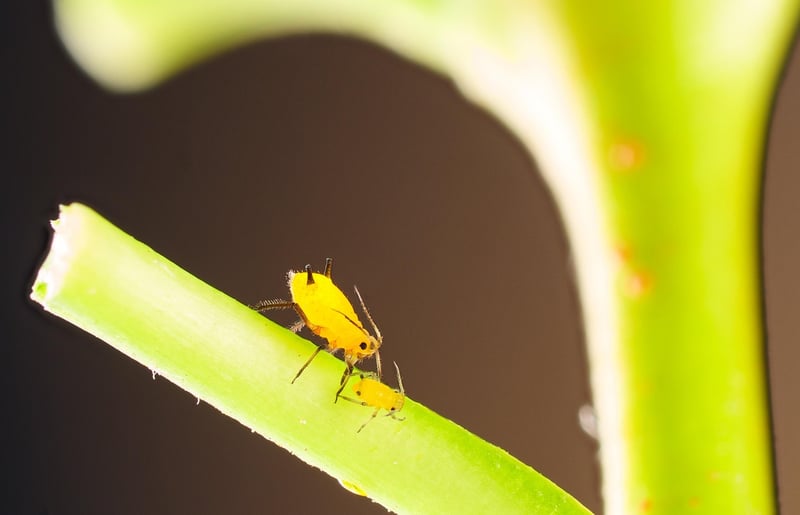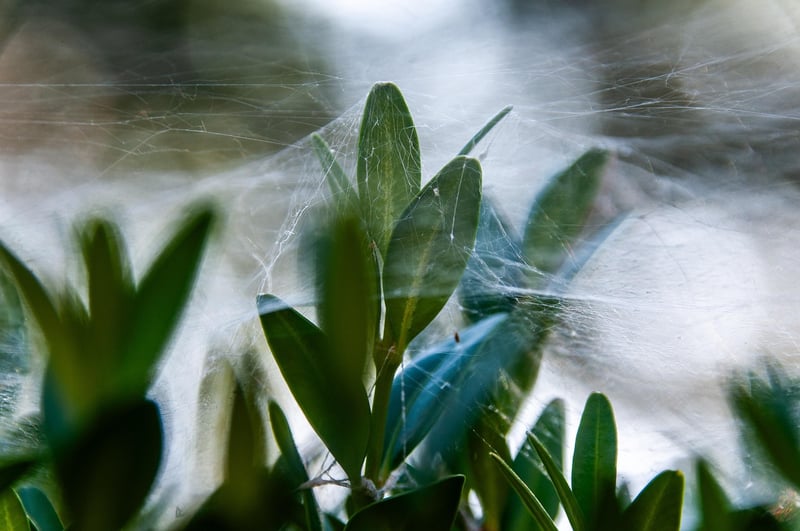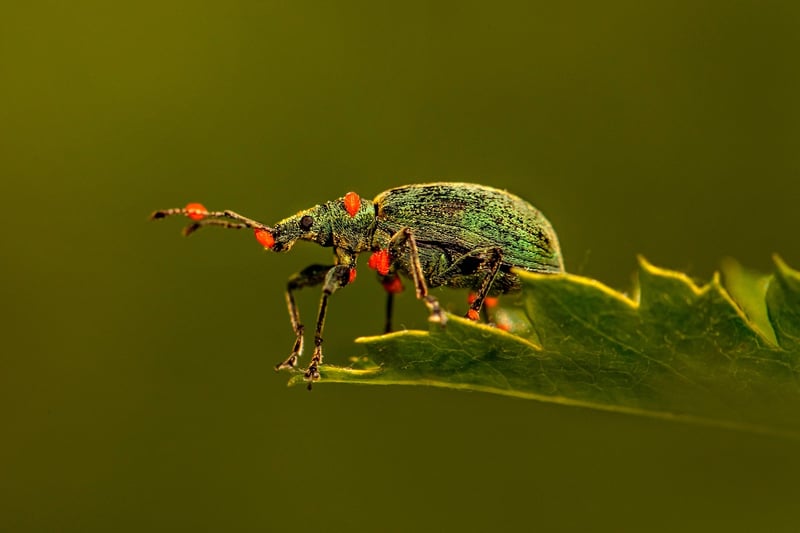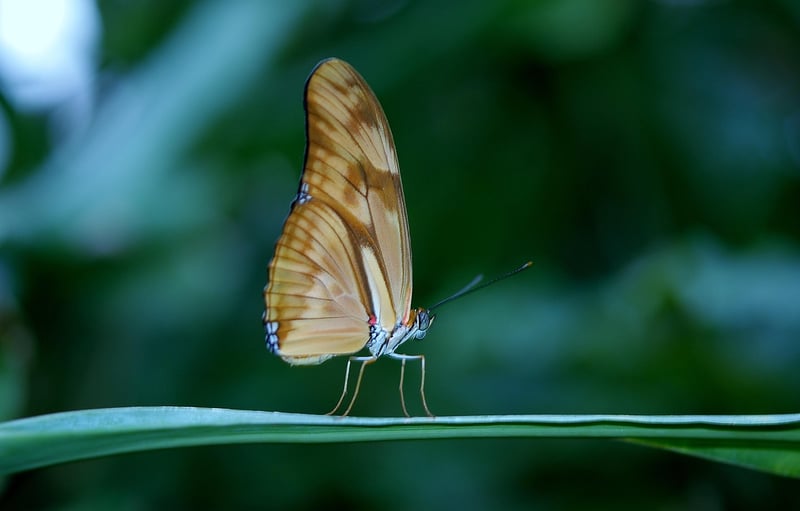Identifying Insects
Protecting Your Plants from Pests and Identifying Insects
Having a thriving garden or lush houseplants can be incredibly rewarding, but it often comes with the challenge of dealing with pests that can damage your plants. Identifying these pests is the first step towards controlling them effectively. In this guide, we will discuss how to protect your plants from pests and provide tips on identifying common insects that may harm your greenery.
Protecting Plants from Pests
1. Regular Inspection: Check your plants regularly for any signs of pest infestation. Look for chewed leaves, discolored spots, or sticky residue, which are common indicators of pest presence.
2. Natural Predators: Encourage beneficial insects like ladybugs, lacewings, and parasitic wasps that feed on garden pests. Planting flowers like marigolds and daisies can attract these helpful predators.
3. Neem Oil: Neem oil is a natural insecticide that can effectively control common pests like aphids, spider mites, and whiteflies. Regularly spraying neem oil on your plants can help deter pests.
4. Organic Sprays: Homemade organic sprays using ingredients like garlic, pepper, and soap can be effective against pests while being safe for your plants and the environment.
Identifying Common Insects
1. Aphids: These small, pear-shaped insects can be green, black, brown, or red. They feed on plant sap, causing leaves to curl and distort.

2. Spider Mites: These tiny pests are usually red or green and can be identified by the fine webbing they produce on plants. They suck sap from leaves, causing them to turn yellow and speckled.

3. Whiteflies: Whiteflies are small, moth-like insects that feed on plant sap. They leave a sticky residue called honeydew on the leaves, which can attract mold and other pests.

By being vigilant, using natural remedies, and correctly identifying pests, you can protect your plants and ensure they thrive in a healthy environment. Remember, a little prevention can go a long way in maintaining a pest-free garden!
